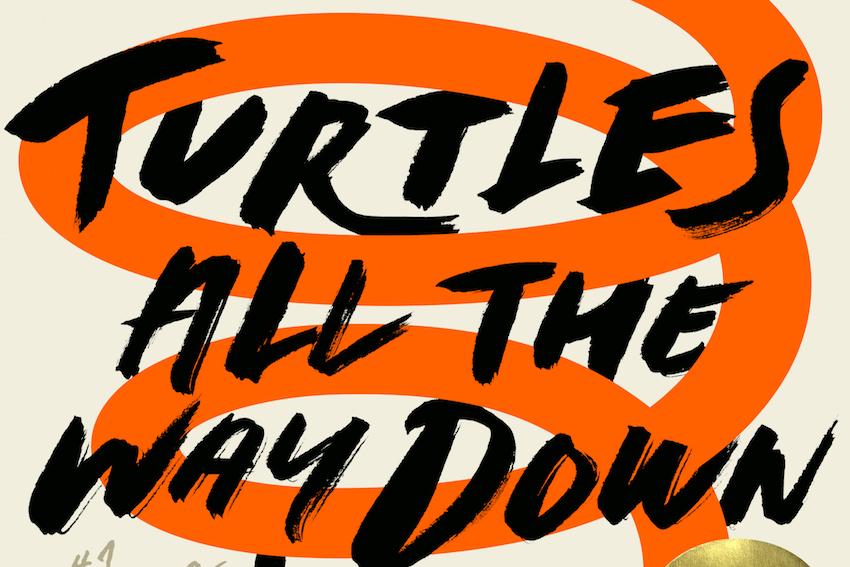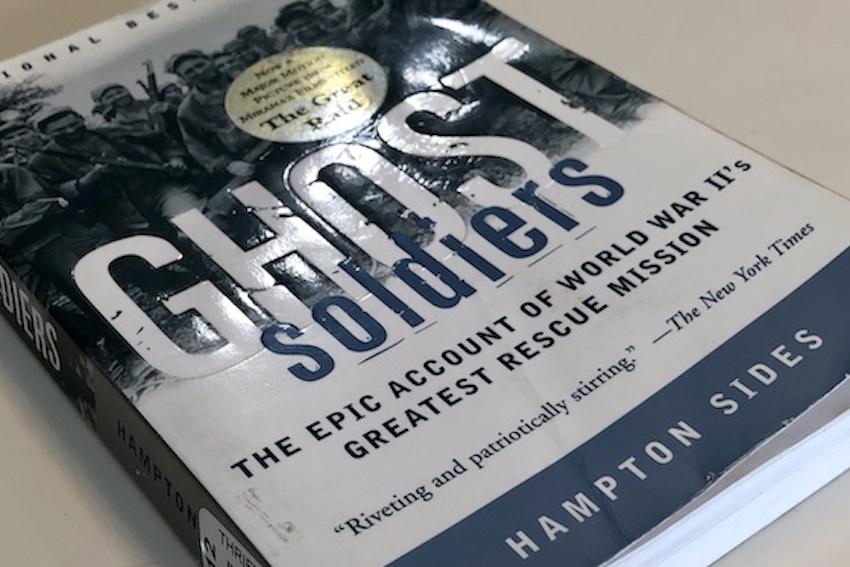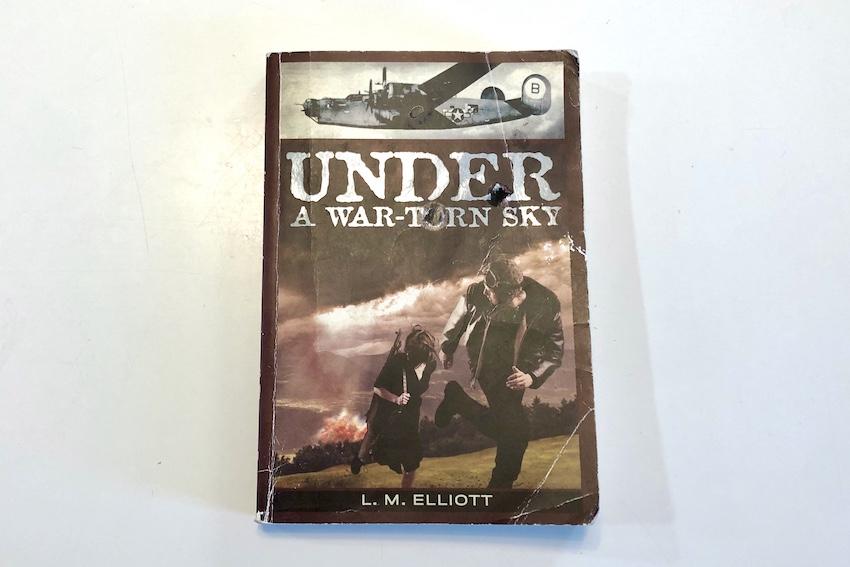John Green returned from an extended five-year break with a novel, Turtles All the Way Down. This book follows main character Aza, a high school student who struggles with mental illness. Her friend Daisy discovers a mystery and one that Aza has a connection to. The rest of the plot follows the two of them tracking down and solving the case, all while dealing with the ups and downs of a normal school career and their futures.
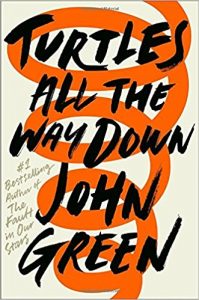
Green’s take on mental illness proves to be different than many authors before him, who approach it bluntly. The first-person perspective gives audiences a chance to look inside the mind of Aza and how she processes her world.
Green even includes a scene of Aza speaking to her therapist and what is known as her “thought spiral.” His writing truly gives readers a sense of what it is like to be inside the head of someone struggling with anxiety and OCD. These intrusive thoughts that Aza has may be triggering for some readers who are more sensitive to those sort of subjects.
The book truly picks up after a few chapters. The beginning appears rather strenuous, especially with each chapter being filled with mainly dialogue. Narration throughout seems everyday, and more similar to a journal than a book. The text is simple and easy to comprehend, which makes the book accessible to younger readers. There are a few swear words that show up throughout, but nothing excessive. A plot and subplot twine, but it grows difficult to tell which is the prevailing plotline for readers, especially when the audience is trying to keep track of both.
The addition of romance about a quarter of the way into the novel seems like an afterthought, mainly because of the manner in which it was written and displayed. Readers can see it beginning very early into the book, and it appears rather predictable if the reader pays attention to it.
Characters tend to over-analyze situations and the constant concern that Aza’s friends and family show provide a positive model for young readers struggling to look for support. In addition, characters follow a typical arc that Green is famous for:
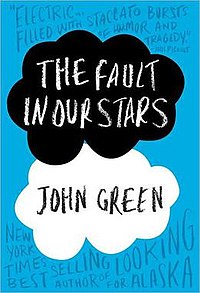
highly intelligent philosophical teenagers. Other books of his that we see this idea portrayed in include what may be his most famous novel, The Fault in Our Stars and in another one of his works, An Abundance of Katherines.
Overall, I found the book underwhelming. The characters were very realistic, and the dialogue made it appear like the reader was a part of the group of friends, but the plot almost felt unfinished. This book is better suited to younger readers, maybe students who are just entering high school, simply because of the language used and how quickly the book can be read.
John Green’s other works include: Looking for Alaska, The Fault in Our Stars, Paper Towns, An Abundance of Katherines, and Will Grayson, Will Grayson.
This book can be purchased online on Amazon and Barnes and Noble.
For my last book blog, read Young Adult Book Tropes.
This author can be reached via email and Twitter.

